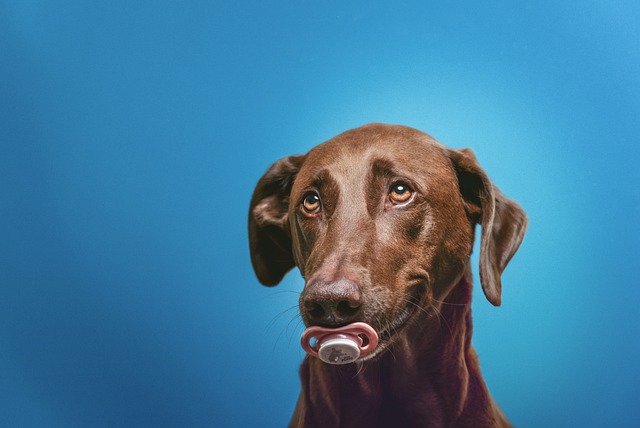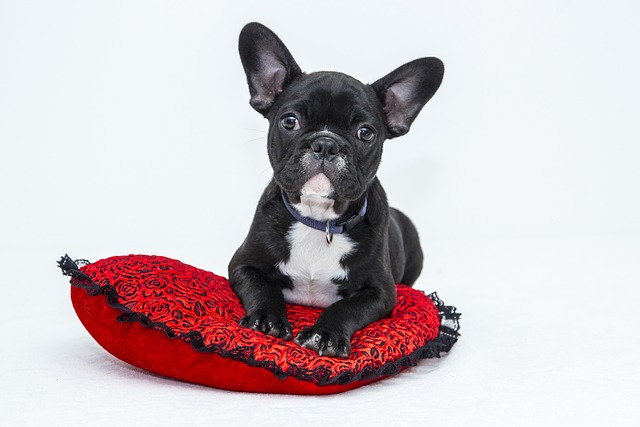
How do dogs get infected with ear mites
If you’ve ever watched your dog paw at their ear like it’s on fire, then noticed dark, crumbly gunk—like coffee grounds—when you peek inside, you’re probably dealing with ear mites.
Once-obedient puppy suddenly ignoring commands, darting after squirrels mid-walk, or chewing the couch instead of their toy—many owners wonder if they’re doing something wrong. But these moments often tie to a specific stage in a dog’s development, a time when their brains and bodies are shifting, and their urge to explore overrides old habits.
For most breeds, the peak of this rebellious phase hits between 6 and 18 months. Think of it like a dog’s teenage years: hormones surge, curiosity spikes, and they start testing boundaries. A Border Collie that aced “sit” at 4 months might suddenly bolt from the yard at 8 months, driven by their herding instinct and newfound confidence. A Golden Retriever pup that once fetched reliably could start stealing shoes at a year old, their growing size making mischief harder to manage.
This isn’t defiance—it’s biology. Puppies start losing their fear of consequences, and their need to assert independence kicks in. In cities like Amsterdam, where leash laws are strict, a teen dog pulling free to chase a bike isn’t just frustrating; it could land you with a fine. Similarly, in parts of Canada, letting a dog roam off-leash in prohibited areas during this phase might violate local bylaws, even if they “never used to do that.”
 Smaller breeds sometimes hit this stage a bit earlier, around 6 to 12 months, while larger dogs might stretch it to 18 months or beyond. A Great Dane puppy, slow to mature physically, might suddenly refuse to come when called at 15 months, their size making their stubbornness feel more intense. Owners in places like Australia, where public spaces often require controlled dogs, learn quickly that this phase demands extra patience—and stricter supervision.
Smaller breeds sometimes hit this stage a bit earlier, around 6 to 12 months, while larger dogs might stretch it to 18 months or beyond. A Great Dane puppy, slow to mature physically, might suddenly refuse to come when called at 15 months, their size making their stubbornness feel more intense. Owners in places like Australia, where public spaces often require controlled dogs, learn quickly that this phase demands extra patience—and stricter supervision.
Training during this time isn’t about punishment; it’s about redirection. A Labradoodle that digs up the garden (a common teen dog move) responds better to a designated digging pit than scolding. In the UK, where animal welfare laws emphasize positive reinforcement, harsh training methods during this phase could even raise legal concerns. Consistency matters most—short, frequent sessions with treats or play keep their focus, even when their brains are screaming to explore.
Socialization remains key too. A teen dog that barks at other dogs on walks might just be testing their social skills, not being aggressive. Puppy classes, popular in places like Sweden, can help them learn boundaries with other dogs, reducing reactive behavior that might violate noise ordinances in apartment-heavy areas.
By 2 years old, most dogs mellow out, their brains fully developed and their trust in routines solidifying. But the lessons from their rebellious phase stick: clear rules, positive rewards, and understanding their instincts turn challenging months into a stronger bond.
Remember, this phase is temporary. With patience and the right approach, you’ll not only navigate their “teenage” years but also raise a well-adjusted dog—one that follows commands, respects local laws, and remains your loyal companion for years to come.

If you’ve ever watched your dog paw at their ear like it’s on fire, then noticed dark, crumbly gunk—like coffee grounds—when you peek inside, you’re probably dealing with ear mites.

If you’ve ever watched your poodle squint through a Miami afternoon, paws darting to rub at their eyes after a romp in the grass, you’ve probably thought

If you’ve ever noticed your dog’s paws or nose turning thick, crusty, and rough—like they’re covered in dried clay—and wondered, “Could tiny bugs be causing this?”

That heart-sinking moment when your golden retriever hesitates before jumping onto your Seattle apartment’s hardwood floor, licking at cracked, sandpaper-rough paw pads?

Once-obedient puppy suddenly ignoring commands, darting after squirrels mid-walk, or chewing the couch instead of their toy—many owners wonder if they’re doing something wrong.

If you’ve ever found yourself holding a bottle of eye drops, staring at your pup’s red, watery eye, and wondering, “Can I just put this in?” you’re not alone.